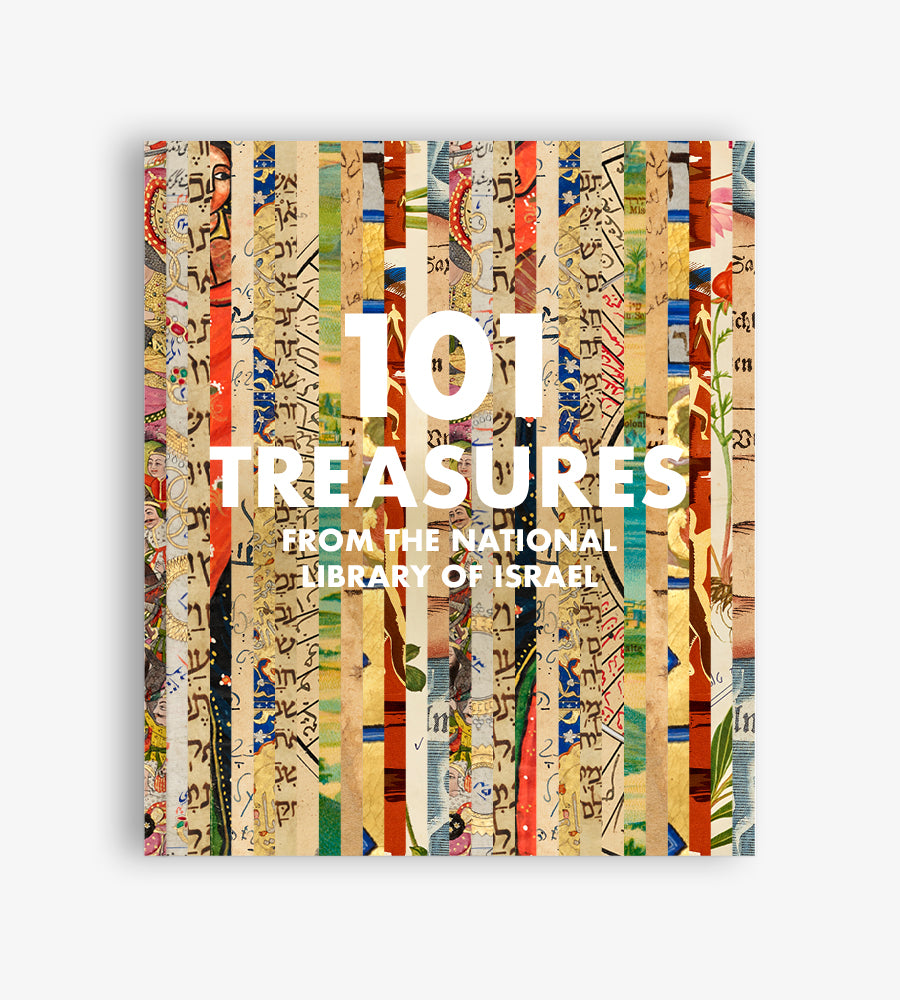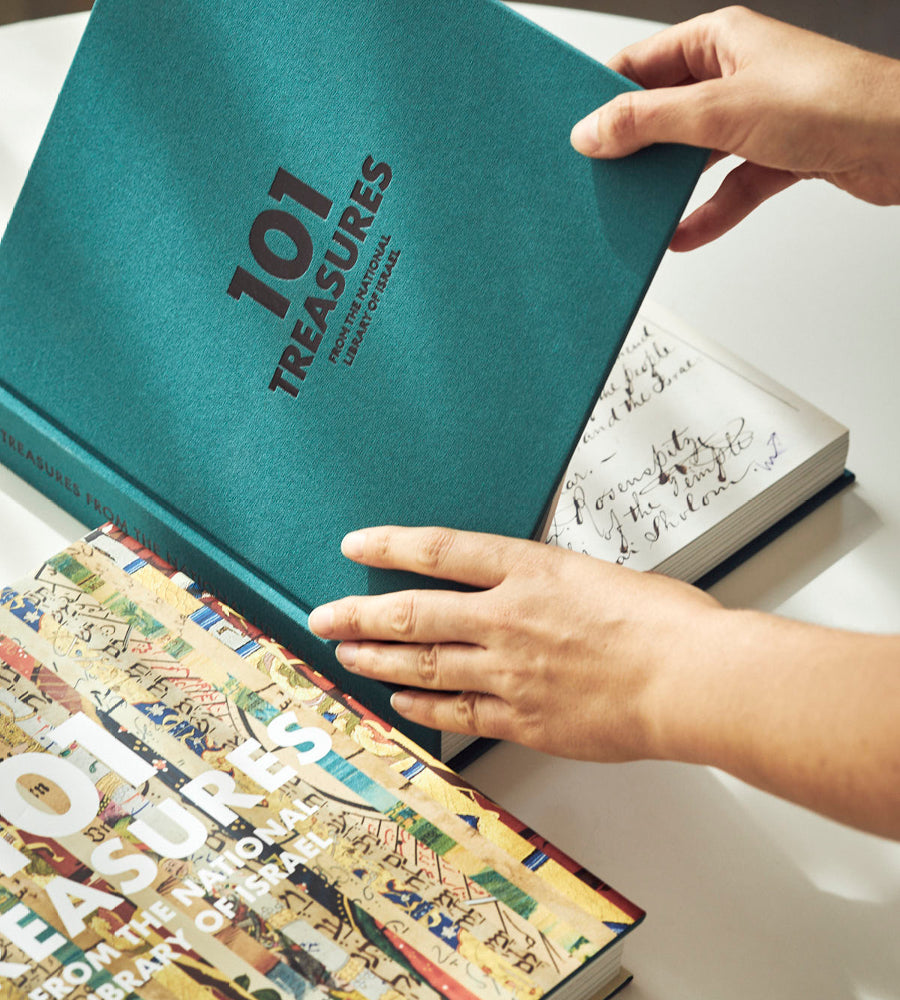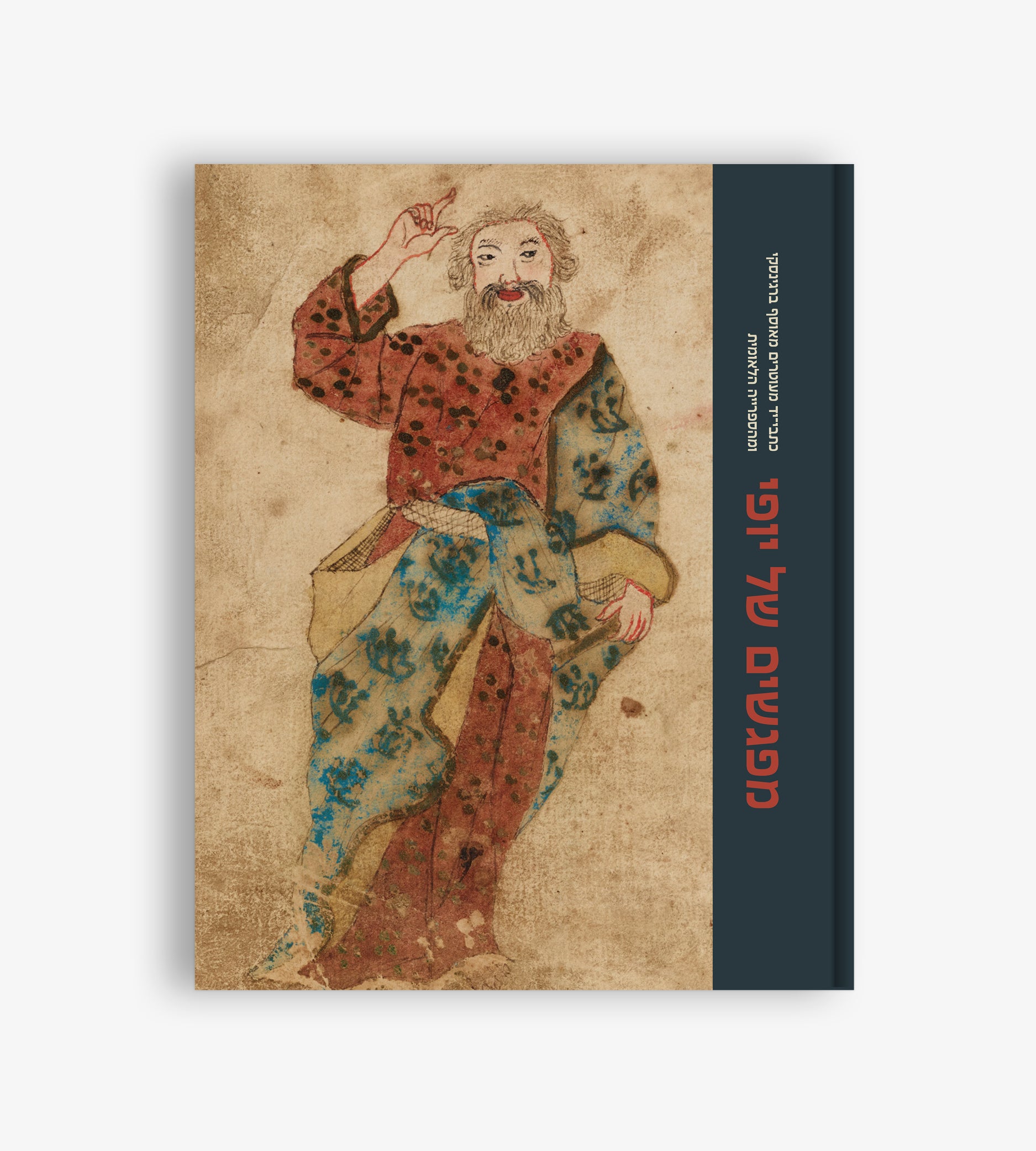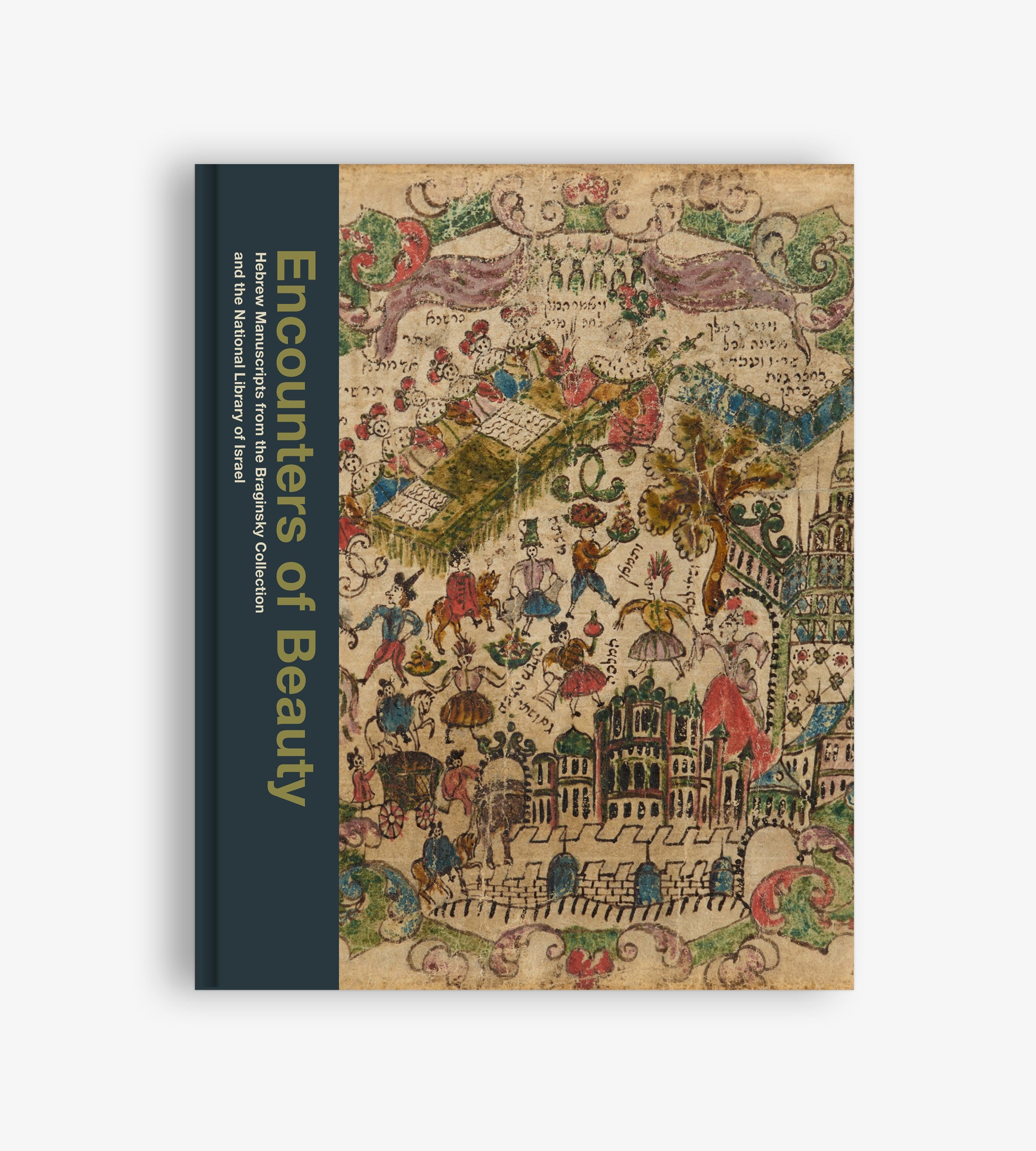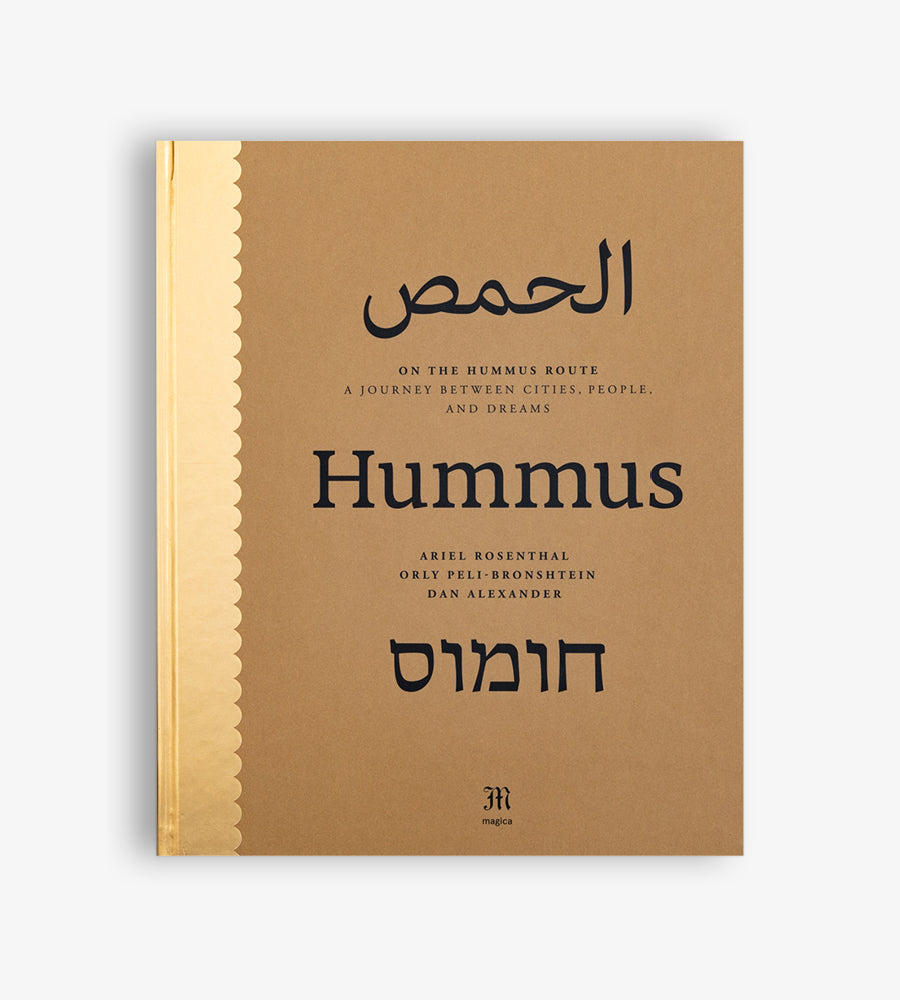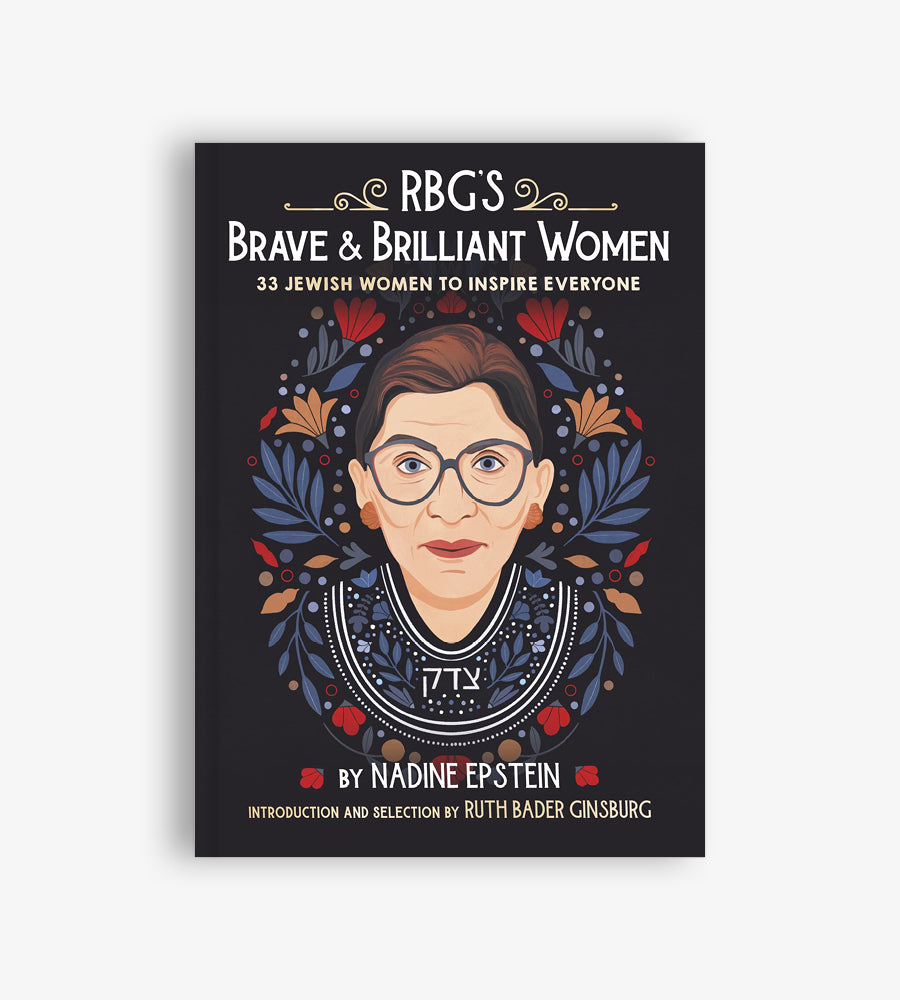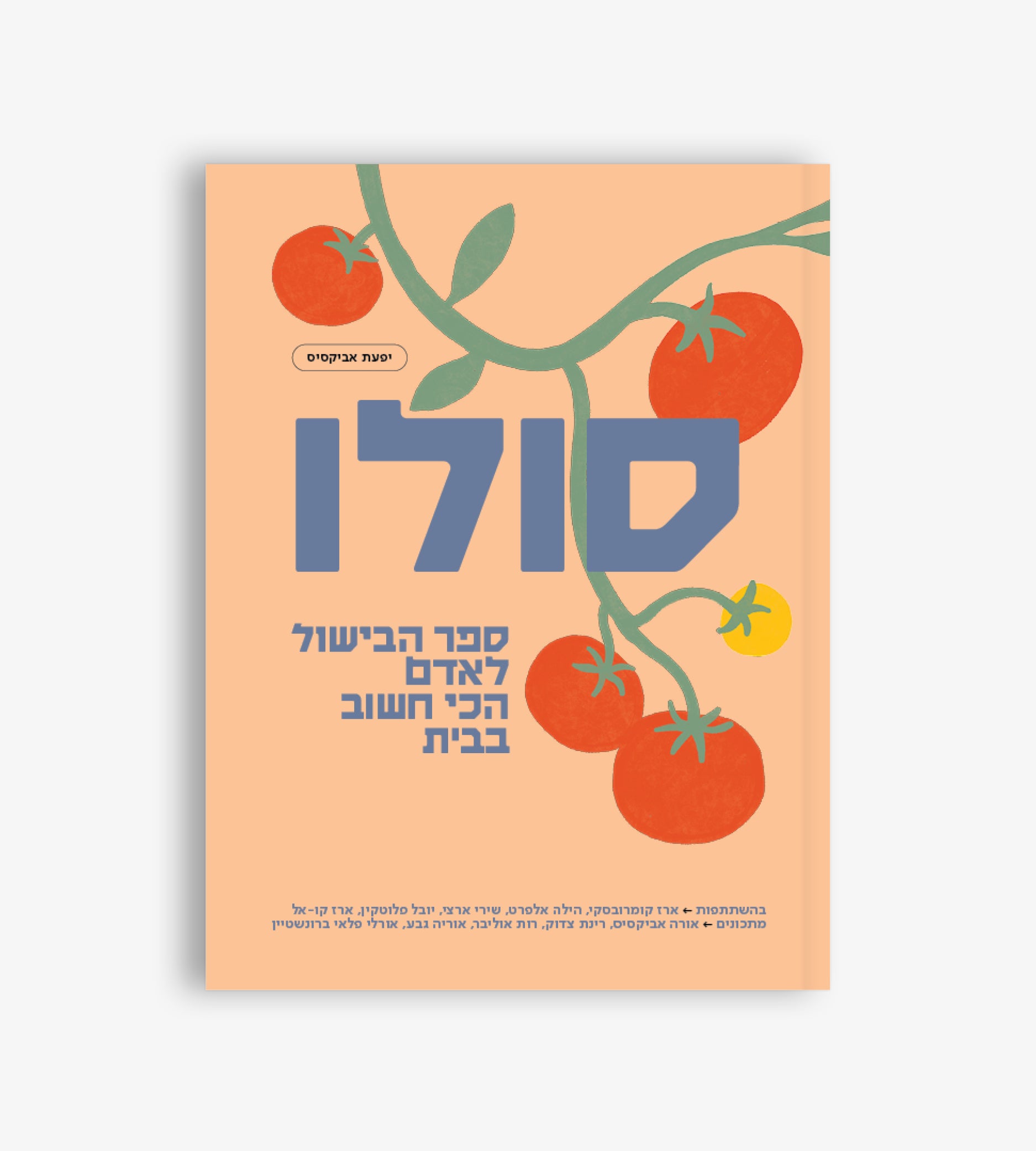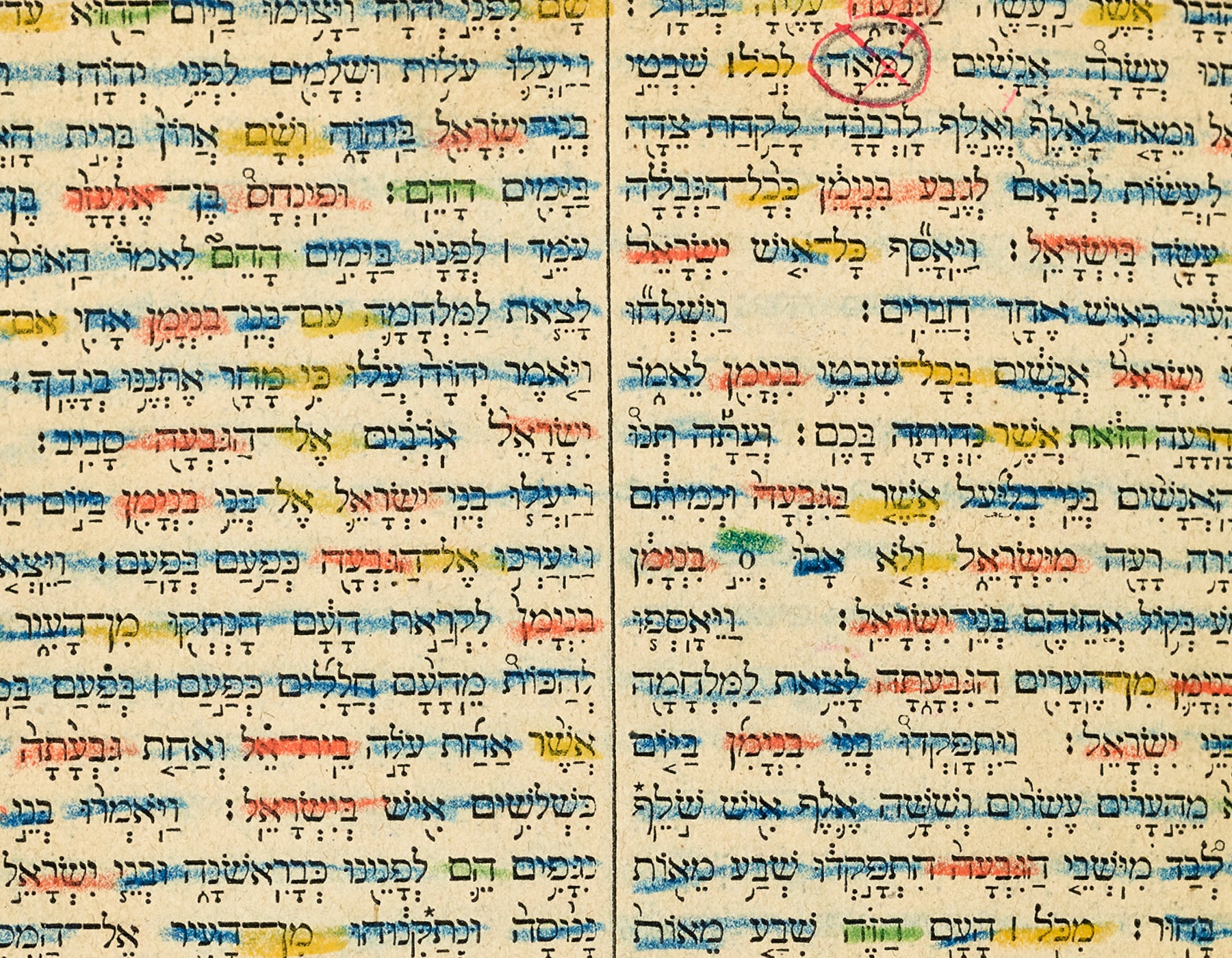
Color Coding the Bible
Anat Navot

Solomon Mandelkern (1846–1902) was fired from his position as deputy rabbi of the Jewish community in Odessa after being convicted of publishing a false report about a blood libel in 1879. He was consequently forced to flee Russia and make his home in Leipzig, Germany.
Mandelkern went from being a rabbi, poet, and promising Hebrew author to a lone exile who invested most of his energies in his magnum opus, a rigorous new concordance of the Bible in Hebrew and Aramaic, which he named Heikhal HaKodesh (The Sacred Structure).
A concordance is an alphabetical listing of all the words in the Bible with citations and one of the most important tools in critical Bible study. Mandelkern was motivated by the need not only to correct the many errors of previous concordances but also to create important categories to guide the development of modern Hebrew.
Along with the nineteen volumes of the original manuscript of the concordance, the National Library is also home to “Mandelkern’s Bible.” From the outside, this Bible does not appear extraordinary in any respect, but seen from the inside, one can appreciate the years of toil Mandelkern invested in his research and his methodical and innovative approach. He color coded all the words in his Bible as a basis for the categories of the concordance: root words in blue, prepositions in yellow, personal pronouns in green, and proper nouns in red.
Mandelkern carried his Bible with him wherever he went. It remained with him even in the final days of his life when he proudly showed it to his doctor. As Zionist leader Nahum Sokolow recalled: “All his acquaintances will remember the sight of the Bible that he would show to everyone — his inked, mottled, banded Bible with different colors under each word…Someone ought to donate that Bible to some Jewish museum or to the National Library in Jerusalem.”


